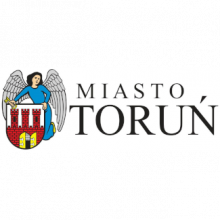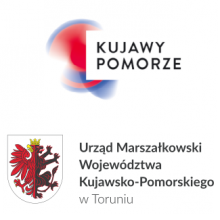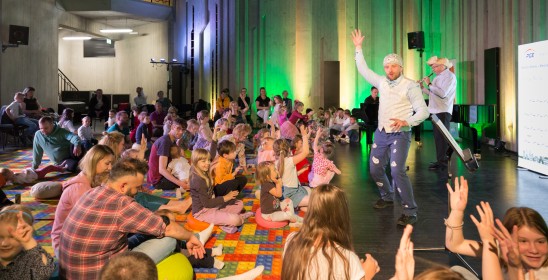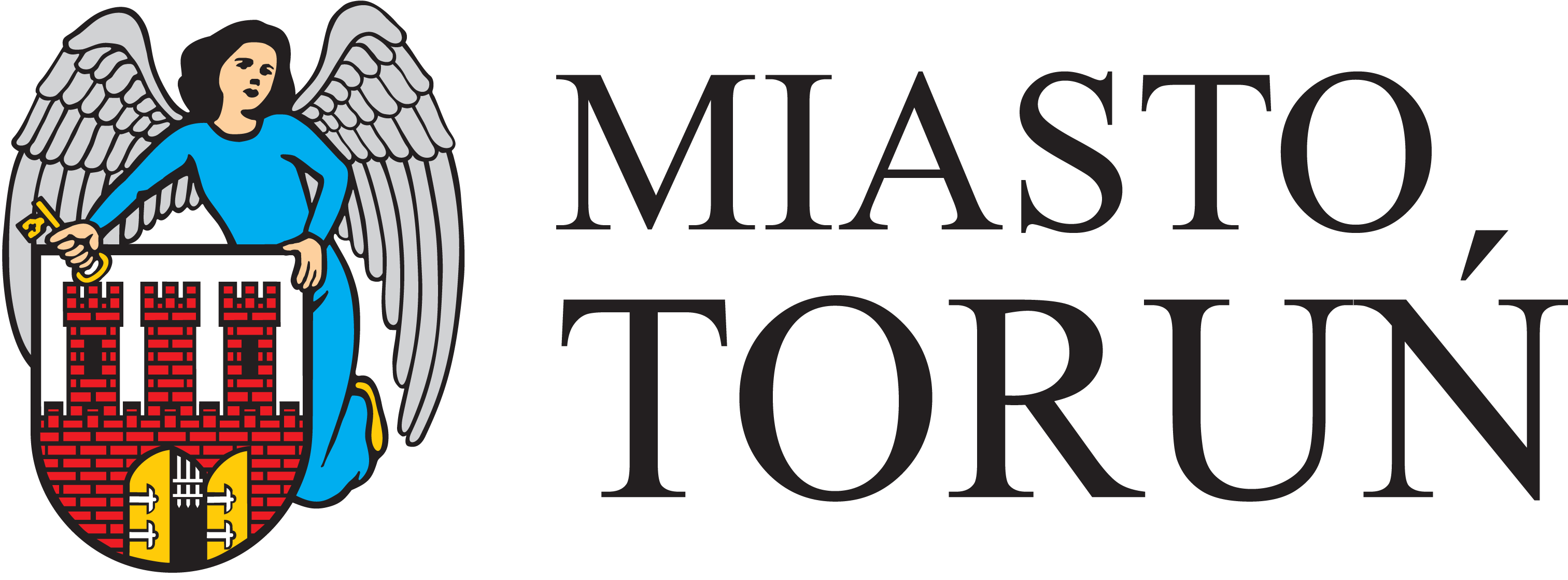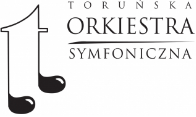The winning violin
The concert takes place as part of the 24th International Festival "Nova Muzyka and Architecture" - Toruń / Kuyavian-Pomeranian 2020.
The concert is an special prize awarded during the 5th International Karol Lipiński Festival and Violin Competition by the Chairman of the Toruń City Council.
Artists:
- Elias David Moncado – violin (winner of the 1st prize of 5th International Karol Lipiński Violin Competition)
- Bartłomiej Wezner – piano
- Małgorzata Lisecka - introduction
Programme:
- W. A. Mozart – Sonata for violin and piano in B flat major, KV 454
- H.W. Ernst – The last rose of summer variations
- L.van Beethoven – Violin Sonata No.5, Op.24 "Spring"
- C.Saint-Saëns – Introduction and Rondo Capriccioso in A minor Op. 28
Wolfgang Amadeus Mozart and Ludwig van Beethoven were not only brilliant composers and pianists but also violinists. They knew the possibilities of both instruments and the characteristics of their sound perfectly well, which is why they were eager to compose violin and piano sonatas. Mozart created forty pieces of this kind, and Beethoven – ten. The sonatas of both Viennese classics were often referred to by them as sonatas for the piano with accompanying violin. The use of this term seems to be justified, since it was in the Classicism that the piano experienced its most intense development. It is therefore not surprising that its role in the sonatas of that period is superior or equal to that of the violin. Beethoven’s Sonata in F major Op. 24 ‘Spring’ consists of four rather than the traditional three movements. It opens with an elaborate sonata allegro (Allegro), where the main theme is introduced by the violin, but its second presentation is made by the piano. Such a beginning marks a completely new relationship between the instruments. The second movement is a lyrical Adagio molto espressivo, followed by a short and pulsating Scherzo. The sonata’s finale is featured by a Rondo (Allegro ma non troppo). It is worth noting that the nickname ‘Spring’ does not come from the composer himself, but refers to the mood and expressiveness that reawaken in this sonata, which was dedicated to Count Moritz von Fries - Beethoven’s friend and patron.
Sonata in B flat major KV 454 Op. 7 No. 3 was published in 1784 and written for Regina Strinasacchi - an excellent Italian violinist that aroused Mozart’s fascination. Alfred Einstein wrote about this sonata: “It is hard to imagine a more perfect ‘interplay’ of both instruments than in the first Allegro, which is reached through the proud Largo as if passing through a triumphal arch, and in the Rondo, where (...) the returning to the theme is accompanied by constantly new and increasingly delightful surprises”.
Introduction and Rondo Capriccioso A minor Op. 28 by Camille Saint –Saënse is a truly virtuoso work, dedicated to Pablo Sarasate. Display already begins in the brief Introduction (Andante). It is followed by a Rondo (Allegro ma non troppo) based on a vivacious, syncopated theme, very demanding in technical terms, almost acrobatic. The whole piece is crowned with a coda (più allegro) in the spirit of a perpetuum mobile.
In addition to the works described above, the programme will also include a composition by one of Niccolo Paganini’s successors, the unsung virtuoso Heinrich Wilhelm Ernst, and the work is the Variations on the theme song The Last Rose of Summer. The genius of Ernst as a violinist was described by Hector Berlioz: “He was one of the few artists I truly adored and a talent that fascinated me the most” and Joseph Joachim: “Ernst was the greatest violinist I'd ever heard, an artist who was second to none. He who has not heard him play will never know how emotional and full of musical content a violin cantilena can be”.
Aneta Derkowska, PhD
Elias David Moncado was born in 2000, of German/Spanish and Malaysian descent. He started playing the violin at the age of four at the Pflüger Foundation in Freiburg, a private institute for young talents. One year later he was granted a scholarship at the “Pflüger Foundation” and made his debut at the International Marschner Festival in Hinterzarten, Blackforest. At the age of seven he was admitted to the violin class of Professor Latica Honda-Rosenberg as a junior student at the Music College Freiburg. At the age of eight, still as a junior student, he changed to the Julius-Stern-Institute at the University of Arts, Berlin. Since January 2016, he has been a junior student of the Interlaken Classics Akademie in Interlaken, Switzerland under the international renowned violinist and pedagogue, Professor Zakhar Bron. He is currently a student of Professor Pierre Amoyal in Mozarteum Salzburg. At the age of ten, he was the youngest prize winner in the history of the European Cultural Foundation with the European Award for the most promising young artist.
Bartłomiej Wezner is one of the most versatile pianists of his generation: a soloist, a chamber musician, pedagogue, culture manager. He is a laureate of international chamber music competitions. He graduated from Feliks Nowowiejski Academy of Music in Bydgoszcz. At the same time he studied harpsichord. In 2013 he obtained the degree of Doctor of Musical Arts, and his habilitation in 2019. In 2014 he became a professor at Feliks Nowowiejski Academy of Music in Bydgoszcz and also became head of the Piano Chamber Music Department. As a soloist he has given concerts with Capella Bydgostiensis, Toruń Symphony Orchestra, Philharmonic Orchestra of Opole, Academy Lviv Chamber Orchestra and Philharmonic Orchestra of Bydgoszcz. The pianist has an excellent command of classical repertoire as well as of 20th and 21st century music.
There is no intermission.
The event will take place in accordance with current recommendations and guidelines.
Please read the rules and comply with the GUIDELINES FOR THE CONCERT PARTICIPANTS.
IN CONNECTION WITH THE ONGOING COVID-19 PANDEMIA and completing the statement to be given to
you by staff on the day of the concert.













